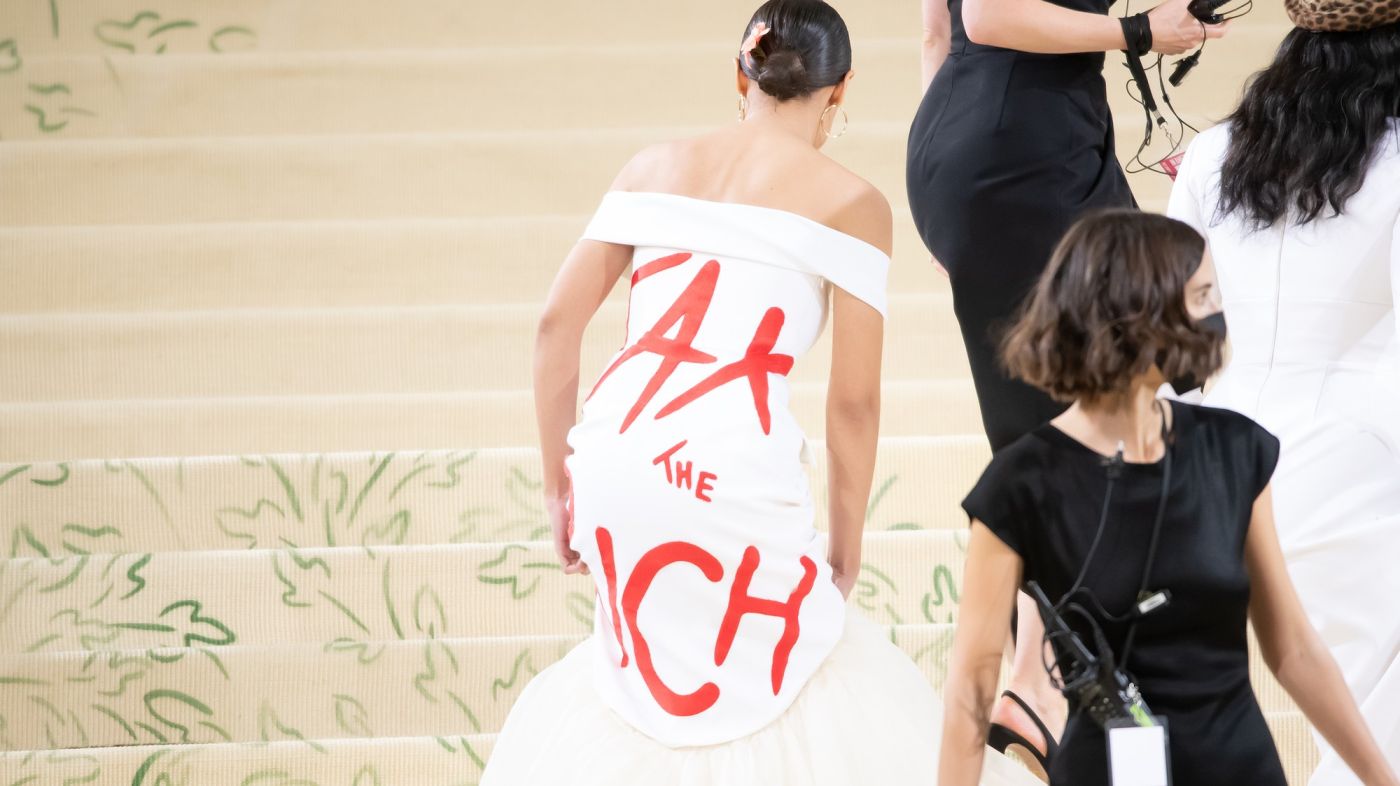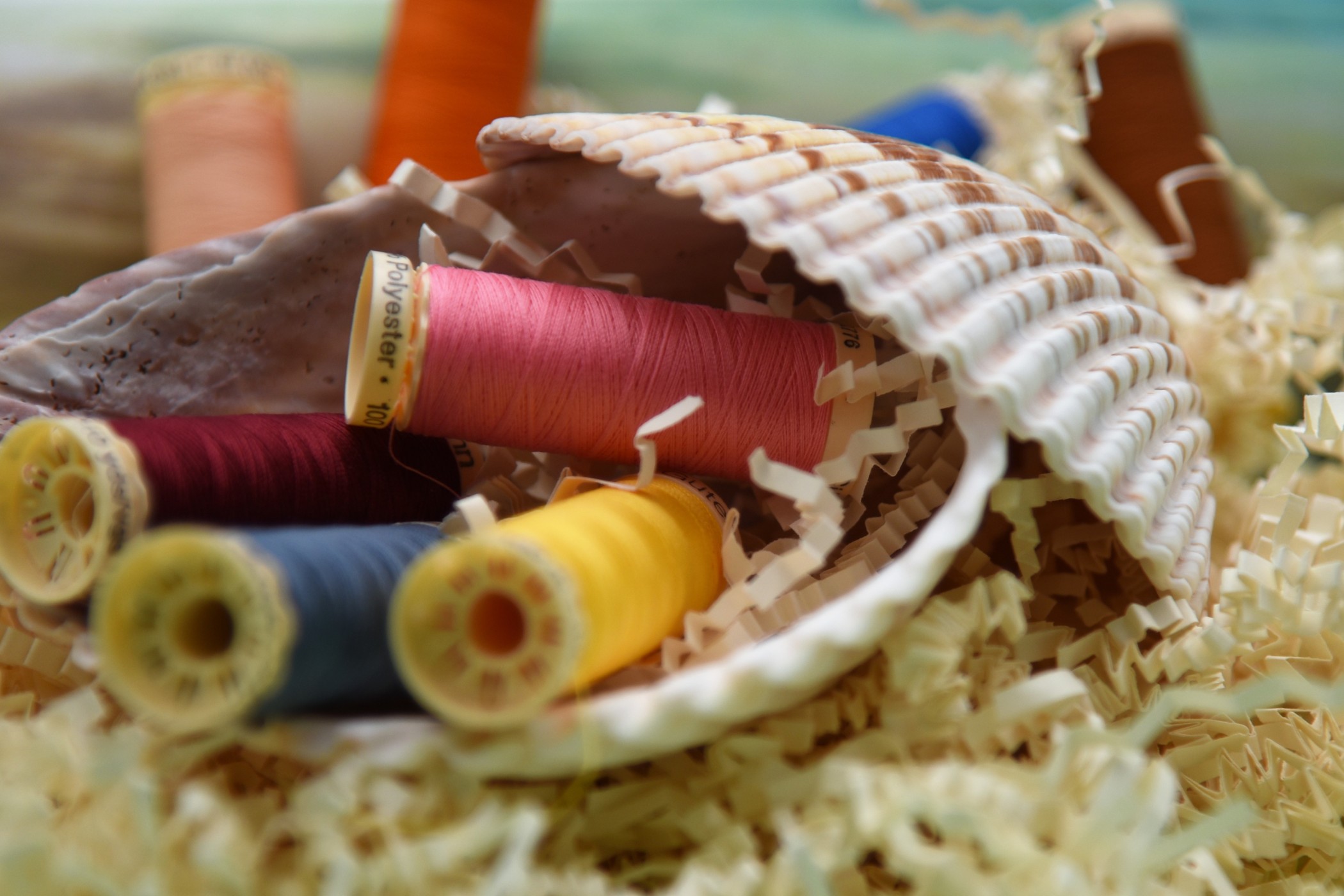Where are Puma Clothes Made?

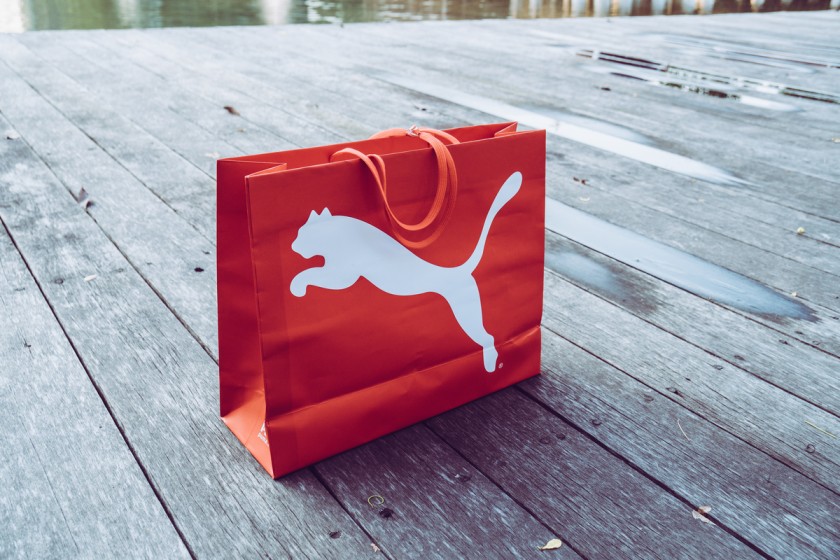

Puma is one of the world’s biggest sports shoes and apparel founders. It has distribution dispersed over approximately 120 countries, giving employment to thousands of people. The brand believes in taking risks and coming up with new ideas to give its customers something new each time.
In the course of the 70 years and more than Puma has been active, it has always aimed at making products that support sustainability, creativity, and peace. The brand wants to make apparel that athletes can wear regularly and focus on their sport wholeheartedly. With each passing year, the brand only gets better by coming up with new designs and styles that make things easier for athletes on the field.
But, for such a big brand to become successful, it is essential to source clothes and other apparel from an exceptional manufacturer. In this article, we will discuss the manufacturers who help in making the Puma clothes and have such a significant role in making the brand what it is today.
A Brief History of Puma
Puma, formerly known as Dassler, was founded by two brothers, Adolf and Rudolf Dassler, in 1919. At the time, though, the company had no idea it was laying the foundation for sports shoes. Five years in, the Dassler brothers set up their first factory. The company’s first big recognition came in 1936, at the Summer Olympics held in Amsterdam. A large number of German players were using Dassler’s shoes by this time, which got the company massive global advertisement.
However, during the Nazi era, the famous Dasslers had to stay away from each other, which deteriorated their relationship. They broke off the partnership; Adolf stayed and renamed the company Adidas while Rudolf took 14 employees and started Puma in 1948. But the rebranding of the brand did not dent its success in the least. In 1952, Rudolf created the world’s first football boots called The Atom, and in the year 1958, the first logo was used on almost every shoe by the company.
The shoes by Puma were often worn by players, and these players kept winning at their games. This added to Puma’s popularity significantly. In the year 1967, the cat logo was introduced, and during the 1968 Olympics, the brand was the focus. The brand officially added the cat logo to the side of the brand logo in the year 1979, and that has remained the logo since.
Today, Puma is being endorsed by some big names both inside and outside the sports world. The brand has its headquarters in Germany and has been used and represented by Usain Bolt, who is one of the most renowned sprinters in the world and has eight gold medals to his name. The professional soccer player Bjorn Gulden became the CEO of the company in 2013. The company also handles the majority of the production for Formula One clothing.
Outside the sports area, Rihanna is the brand ambassador and creative director of the women’s clothing of the brand. In addition to this, American singer, actress, and producer, Selena Gomez is also the brand ambassador of the brand and has helped in the development of the women’s collection of the brand. Other popular names that are associated with the brand are Lewis Hamilton, rapper Jay Z, supermodel Adriana Lima, and Indian cricketer Yuvraj Singh.
What Makes Puma So Popular?
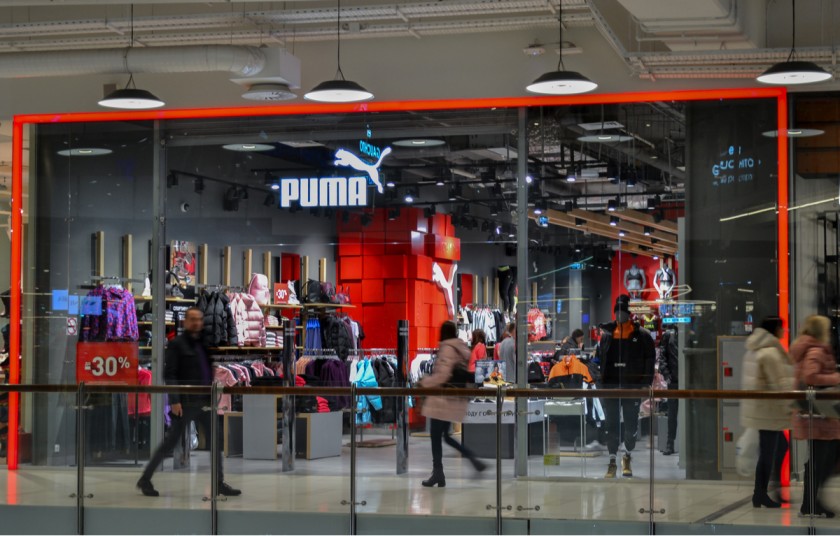
The brand’s success lies a lot in what it believes. The brothers who started the company thought that specialization was what would take their company ahead. But this did not mean they did not dabble in every sport that there is. The experimentation led to Puma shoes dealing with thirty different sports. But to make these exceptional, Rudolf used the personal experiences of renowned players in each sport. This enabled the brand to make specialized shoes in each sport backed by expert opinions and stories.
But with changing times, the marketing strategy of the company has also changed. This is an excellent move by the brand to keep things fresh and interesting for their customers. The marketing strategy also adapts to the changing tastes of the audience and helps them eventually attract more buyers. The new shoes are produced cheap and in mass. But the brand has thinned down the range of shoes. The earlier process cannot be continued given the present conditions.
The recent success of the brand also comes with the many celebrity faces we see linked with the brand. Many of these people have not been connected to the brand as users but as brand ambassadors and creative directors. This allows them to navigate through things using their creativity and gives the brand the advantage of unique designs. Some of the celebrities (like Big Sean), in recent years, have not only signed up with Puma but have left other brands like Adidas to do so. These celebrities also connect with the younger crowd better and bring these people as consumers to the brand.
Puma Clothes Manufacturers
The brand aims at diversity and that shows in its manufacturers as well. The brand has manufacturers in countries like India, Bangladesh, Brazil, Argentina, China, and Vietnam. But among all of these Puma clothes manufacturers, China and Vietnam remain the major ones. Over 90% of Puma’s clothing, shoes, and other apparel. While Vietnam holds more control over the shoes, most of the Puma clothes come from China.
The brand believes in transparency for the audience and keeping things simple. They keep getting frequent external audits done at their manufacturing factories. They comply with the human rights policies strictly and even have an appealing system of rewards to keep their workers motivated. High sustainability rates get suppliers the benefit of attractive financing conditions by the International Finance Corporation.
The company believes in the power of capacity-building programs and projects that strengthen the knowledge and skills of its manufacturers. In addition to this, the company offers programs that cover topics like child labor, collective bargaining, forced labor, and discrimination. These programs help in making suppliers more knowledgeable and aware of different situations and issues. There are special workshops that educate workers on women’s rights, and the company has teamed up with local organizations in Turkey and Egypt to support women workers. This program has recently been expanded to Bangladesh as well.
Puma Marketing Strategy
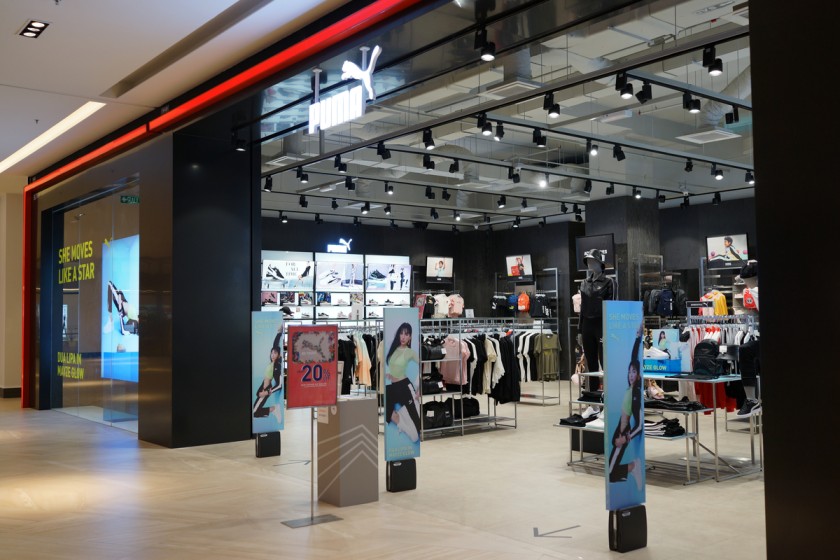
When it comes to fashion, Puma has an advantage because the brand is one that sells sportswear. Sportswear, in general, compared to other types of fashion types, has stayed on top of the game because they are more comfortable and thus are found to be more ‘relatable’. But to sell this relatability to the customers, the social media handles of any company play a significant role. The brand aims to engage the audience by remaining consistent and bringing something new to each platform every day.
The brand is open to experimenting and testing out new things. They believe that while there is no right answer to find the strategy that works for any brand, practice makes any brand reach perfection. The pandemic has only given the brand more room to try out new things and understand what the audience is going to like.
The page has a large amount of content for sneaker lovers. They can come across the brand’s new launches and also find other posts that the social media managers create with their out-of-the-box creativity. The Instagram page of Puma also makes use of the IGTV feature and makes videos with different creators and aims at adding something to the audience’s experience.
The Facebook page of the brand also has a massive number of followers, and to maintain the numbers, the page constantly engages with the audience here and keeps things going. In the past, Puma has come up with some fascinating social campaigns as well to keep the audience interested and to sell more. The brand has also understood well that giving back to the community is essential. Thus, it has combined the two and came up with Only See Great, a campaign that brought the creators together to tell a story of greatness and what you need in the process of achieving this greatness.
Bottom Line
Puma is the world’s leading brand and has come here after charting a long journey of greatness. The company follows some really essential policies and keeps adding something to the audience’s shopping experience. Puma clothes do not only aim at selling but bring value to the lives of the buyers with their ideals. The success of the company is sky-reaching, and we can only expect this success to grow more in the near future.
Are you looking for a company that can help you meet your manufacturing needs? We have got you covered! Fashinza helps you automate not only your manufacturing process but also provides end-to-end support. The diverse team at Fashinza understands the need for transparency and thus, enables 24/7 monitoring with zero hassle. Get the correct technological guidance for your company today!
















